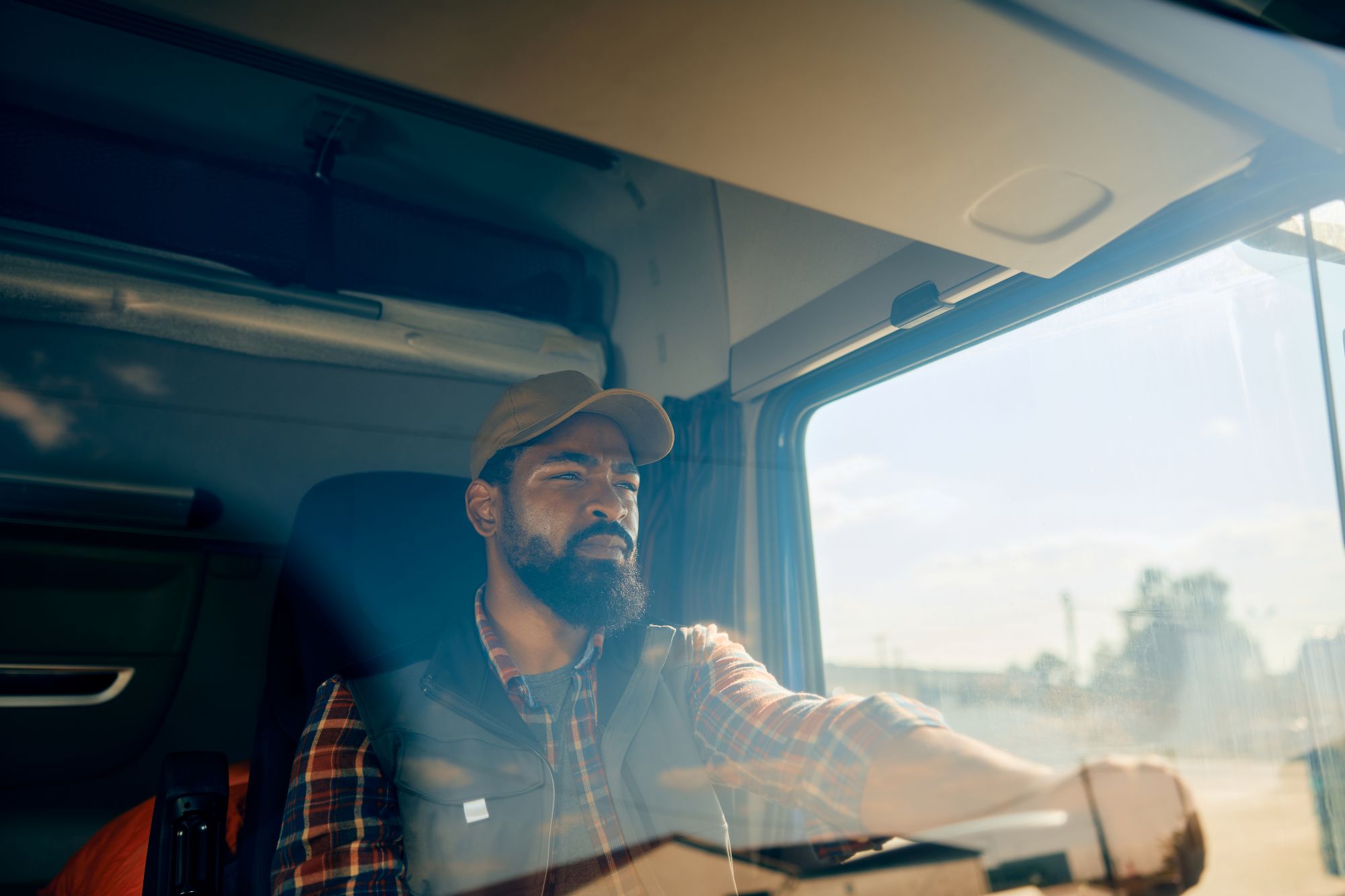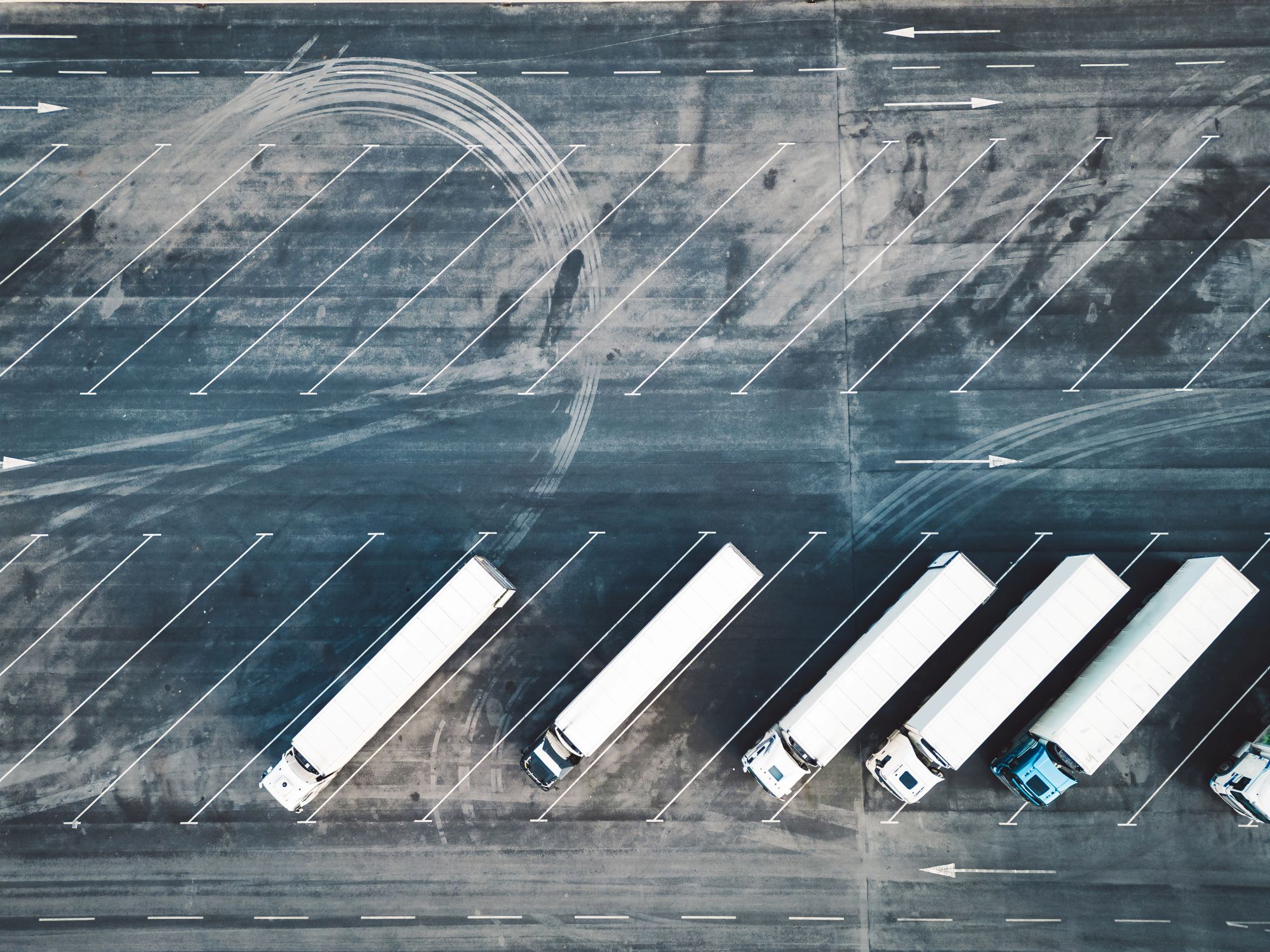
Guest
Mažos taršos zonos Ispanijoje: Ką turi žinoti automobilių parkų operatoriai
Sukurta: 03-10-2025
•
Atnaujinta: 08-10-2025
Iki 2025 m. pabaigos 149 Ispanijos miestai - nuo Madrido ir Barselonos iki tokių turizmo centrų kaip Valensija, Alikantė ir Benidormas - apribos įvažiavimą į juos didelės taršos transporto priemonėmis. Transporto priemonių parkų operatoriams tai reiškia naują atitikties riziką, brangiai kainuojantį atnaujinimą ir griežtėjančius pristatymo grafikus.
Ispanijos mažo išmetamųjų teršalų kiekio zonos (Zonas de Bajas Emisiones arba ZBE) yra platesnio masto Europos pastangų gerinti oro kokybę ir mažinti transporto išmetamųjų teršalų kiekį dalis. Šios zonos jau veikia didžiuosiuose šalies miestuose, o jų vykdymas užtikrinamas skiriant baudas iki 200 eurų, tačiau taisyklės įvairiuose miestuose skiriasi.
Šiame vadove paaiškiname, kaip veikia ZBE, kokioms transporto priemonių kategorijoms taikoma ir ką operatoriai turi daryti, kad jų transporto priemonių parkai galėtų važinėti.
ZBE taisyklės ir transporto priemonių kategorijos
Pagal Ispanijos įstatymus ZBE įvedami miestuose, kuriuose gyvena daugiau nei 50 000 gyventojų (ir miestuose, kuriuose gyvena daugiau nei 20 000 gyventojų ir kuriuose oro kokybė yra ypač prasta), siekiant pagerinti miestų oro kokybę ir paremti ES klimato kaitos tikslus.
Galimybė patekti į ZBE nustatoma pagal transporto priemonės aplinkosaugos ženklelį (distintivo ambiental), kurį išduoda Ispanijos eismo generalinis direktoratas (DGT).
Kategorijos yra šios:
Zero (mėlynasis ženkliukas):
Visiška prieiga
● 100 proc. elektra varomos transporto priemonės (BEV)
● Vandenilio kuro elementų transporto priemonės (FCEV)
● Įkraunami hibridiniai automobiliai, kurių elektrinis nuotolis ne mažesnis kaip 40 km.
"Eco" (žalias/mėlynas ženkliukas):
Iš esmės neribota prieiga
● Standartiniai hibridai (HEV)
● Įkraunami hibridiniai automobiliai, kurių elektrinis nuotolis mažesnis nei 40 km
● Dujomis varomos transporto priemonės (SGD/LNG/LPG)
C (žalias ženkliukas):
Prieiga su tam tikrais laiko ir (arba) teritorijos apribojimais
● Benzininės transporto priemonės: Euro 4/5/6 (paprastai nuo 2006 m.)
● Dyzelinės transporto priemonės: Euro 6 (paprastai nuo 2014 m.)
B (geltonas ženkliukas):
Vis labiau ribojamas, dažnai draudžiama naudotis piko valandomis
● Benzininės transporto priemonės: Euro 3 (paprastai 2000-2005 m.)
● Dyzelinės transporto priemonės: Euro 4-5 (paprastai 2006-2013 m.)
Nėra ženklelio:
Paprastai draudžiama dalyvauti visuose ZBE
● Benzininės transporto priemonės, neatitinkančios "Euro 3" standartų
● Dyzelinės transporto priemonės, neatitinkančios "Euro 4" standartų
Benzininėms transporto priemonėms, kurios neatitinka Euro 3 standartų, ir dyzelinėms transporto priemonėms, kurios neatitinka Euro 4 standartų, paprastai draudžiama važinėti ZBE, nors apribojimai skiriasi priklausomai nuo miesto.
Svarbu pažymėti, kad užsienio transporto priemonės, net jei jos atitinka lygiaverčius Euro standartus, prieš įvažiuodamos į ZBE turi būti užregistruotos vietinėse miestų tarybose. Neregistravus reikalavimus atitinkančių transporto priemonių gali būti automatiškai skiriamos baudos, o tai tapo dažna Ispanijoje dirbančių tarptautinių vežėjų problema.

ZBE paveiktos sritys
Madride ir Barselonoje jau kelerius metus galioja ZBE, kuriems taikomos labai konkrečios taisyklės ir dideli aprėpties plotai. Iki 2025 m. pabaigos sistema bus išplėsta ir apims 149 miestus, įskaitant mažesnius miestus ir turistų lankomas vietas, tokias kaip Benidormas, Valensija, Sevilija ir Alikantė.
Kai kurie miestai vis dar įgyvendina arba palaipsniui įgyvendina savo zonas, nustatydami pereinamuosius laikotarpius (pvz., Valensijoje ir Benidorme įspėjimai galioja iki 2025 m. pabaigos). Kituose, pavyzdžiui, [Malagoje] (https://cadenaser.com/andalucia/2025/09/18/malaga-sancionara-en-la-zona-de-bajas-emisiones-a-partir-del-uno-de-diciembre-ser-malaga/), baudos už reikalavimų neatitinkančias transporto priemones bus pradėtos taikyti nuo 2025 m. gruodžio mėn.
Reikėtų pažymėti, kad miestuose gali būti taikomos skirtingos taisyklės, o kai kuriuose iš jų svarbiausioms paslaugoms teikti gali būti naudojamos reikalavimų neatitinkančios transporto priemonės, todėl prieš siunčiant transporto priemonę svarbu žinoti konkretaus miesto taisykles.
Ispanija nėra vienintelė: daugiau nei 320 miestų visoje Europoje dabar veikia LEZs, su Prancūzijos Crit'Air sistema, Vokietijos Umweltzonen ir Jungtinės Karalystės ULEZ tarp labiausiai įsitvirtinusių. Tarpvalstybiniams vežėjams tai sukuria daugybę taisyklių, lipdukų ir nuobaudų, kurios didina atitikties riziką ir išlaidas.
Ką turi daryti automobilių parko operatoriai
Privalote užtikrinti, kad jūsų transporto priemonės būtų pažymėtos atitinkamu DGT ženkleliu arba registruotos, jei jos yra užsienyje.
Baudos už reikalavimų nesilaikymą paprastai yra 200 eurų už kiekvieną pažeidimą, nors jos gali skirtis priklausomai nuo savivaldybės. Tokiuose miestuose kaip Madridas ir Barselona šios baudos jau pradėtos skirti naudojant automatinio numerio ženklų atpažinimo (ANPR) sistemas.
Automobilių parkų vadovų klausimai
Parko atnaujinimas ir išlaidos
Daugelis logistikos įmonių susiduria su kliūtimis, nes senesniems dyzeliniams sunkvežimiams dabar draudžiama arba ribojama galimybė įvažiuoti į miestus. Iš tikrųjų vidutinis Ispanijos krovininių automobilių parko amžius yra 14 metų. Tai reiškia, kad nemažai transporto priemonių neatitinka reikalavimų ir turi būti pakeistos, jei vežėjai nori patekti į ZBE.
Transporto priemonių kainos dar labiau didina spaudimą: elektrinis sunkvežimis gali kainuoti tris kartus brangiau nei dyzelinis atitikmuo, o vandeniliniai sunkvežimiai yra dar brangesni.
Ispanijos krovininio transporto konfederacija CETM-Madrid apskaičiavo, kad Madride įsikūrusių krovininio kelių transporto įmonių bendros išlaidos sudaro apie 1,3 mlrd. eurų (https://transporteprofesional.es/ultimas-noticias/cetm-madrid-reclama-modificar-el-calendario-de-acceso-a-las-zonas-de-bajas-emisiones-a-los-camiones), ir ragina koreguoti terminus bei teikti didesnę paramą.
Laiko suspaudimas
Duomenys rodo, kad pokyčiai turi įtakos pristatymo tvarkaraščiams. Neseniai bandomosiose zonose veikiančių įmonių apklausa parodė, kad [36,7 proc. jų pranešė apie ilgesnį pristatymo laiką ir padidėjusias siuntimo išlaidas] (https://www.jiem.org/index.php/jiem/article/download/6902/1089).
Spūstys taip pat būdingos riboto pristatymo metu (8-10 val. ryto), kai daug vežėjų konkuruoja dėl prieigos. Maždaug 83 % apklaustų įmonių taip pat nurodė, kad prie vėlavimo labiausiai prisideda tinkamų pakrovimo ir (arba) iškrovimo vietų trūkumas.
Dėl šio "laiko suspaudimo" efekto, kai pristatymai yra priversti vykti mažiau valandų, zonų perimetruose susidaro kliūčių, todėl padidėja pavėluoto pristatymo ir tiekimo grandinių sutrikimų tikimybė.
Personalo spaudimas
Tvarkaraščio trikdžiai apima ne tik transporto priemonių maršrutų sudarymą, bet ir darbo jėgos valdymą. Barselonos požiūris į ZBE iliustruoja šį iššūkį: miestas siūlo dviejų valandų naktinio pristatymo laiko tarpsnius (21:00-07:00), kad sumažintų dienos spūstis, tačiau Ispanijos darbo sutartyse nustatyta, kad už naktinį darbą mokami maždaug 25 % priedai.
Dėl to transporto priemonių parko operatoriams tenka rinktis: ar susitaikyti su dienos metu susidarančiomis spūstimis ir vėlavimais, ar prisiimti padidėjusias darbo sąnaudas, susijusias su naktinėmis operacijomis.
ZBE diegimo nauda aplinkai
Nepaisant iššūkių, ZBE duoda akivaizdžią naudą visuomenės sveikatai. Atlikus Madrido centrinės LEZ tyrimus užfiksuotas reikšmingas azoto dioksido (NO₂) sumažėjimas zonoje. Platesni Europos tyrimai rodo, kad, įdiegus LEZ, suodžių emisijos sumažėjo iki 47 %, o itin smulkių dalelių - 56 %.
Šis sumažinimas tiesiogiai reiškia geresnę oro kokybę, mažesnį kvėpavimo takų ligų skaičių ir mažesnį hospitalizacijų skaičių. Miestų gyventojams ir vairuotojams, valandų valandas praleidžiantiems transporto spūstyse, nauda sveikatai yra apčiuopiama, nors ir nepatogi.
Pagalba vairuotojams ir operatoriams visoje Europoje
"Mažos taršos zonos yra čia ir toliau", - komentuoja SNAP Europos pardavimų vadovas Raqual Martinez. "Mūsų bendruomenės iššūkis - prisitaikyti, nesumažinant efektyvumo ir vairuotojų gerovės. SNAP yra įsipareigojusi remti Ispanijos ir visos Europos transporto priemonių parkus, padėdama jiems reguliavimo pokyčius paversti veiklos privalumais."
Nors mes negalime pakeisti LEZ taisyklių, mūsų intruck programėlė palengvina gyvenimą kelyje. Vairuotojai gali naudoti ją rasti ir užsisakyti saugią sunkvežimių stovėjimo aikštelę ir plovyklą, pamatyti, kokie patogumai yra kiekvienoje stotelėje, ir suplanuoti poilsio pertraukas, kad atitiktų trumpesnius pristatymo langus - nesvarbu, ar jie važiuoja į Madridą, aplenkdami Barseloną, ar kirsdami sienas ilgesniais maršrutais.
Atsisiųskite intruck programėlę dar šiandien, kad sklandžiau dirbtumėte besikeičiančioje Ispanijos transporto srityje.



